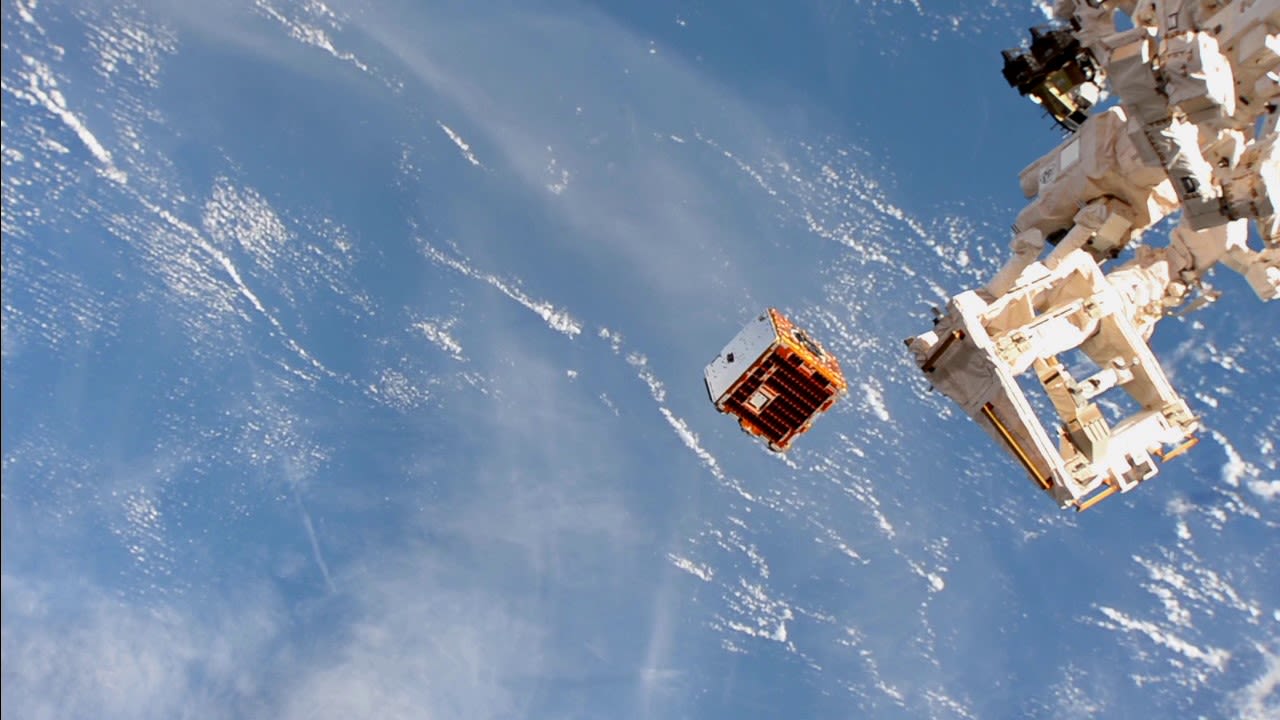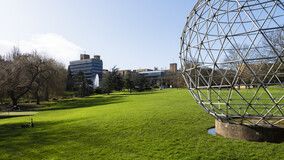Surrey the launchpad for a cosmic career
Surrey alumna Dr Nicola Fox is the Head of Science at NASA.
A Masters at Surrey proved to be the foundation for a stellar career exploring the secrets of the universe.
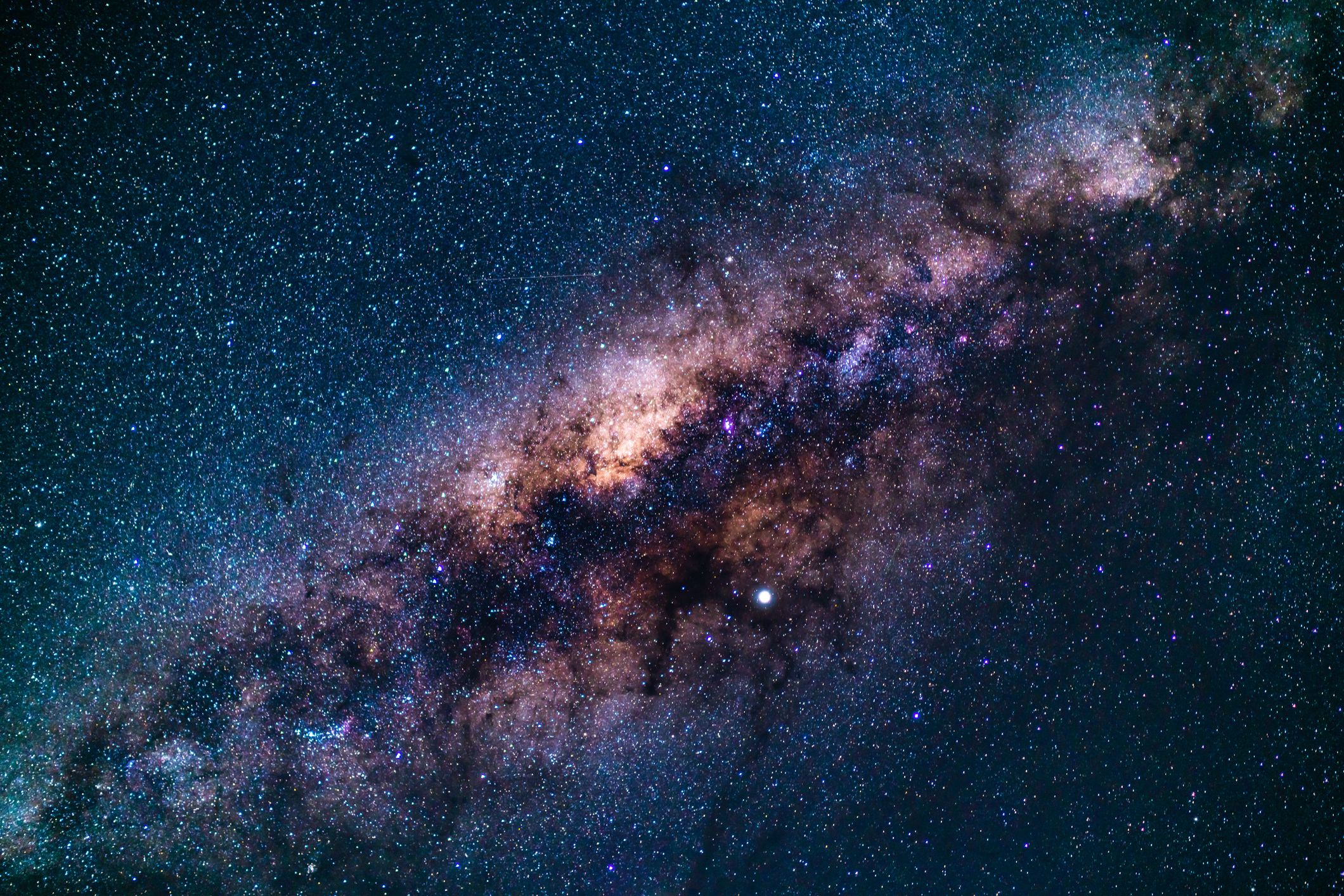
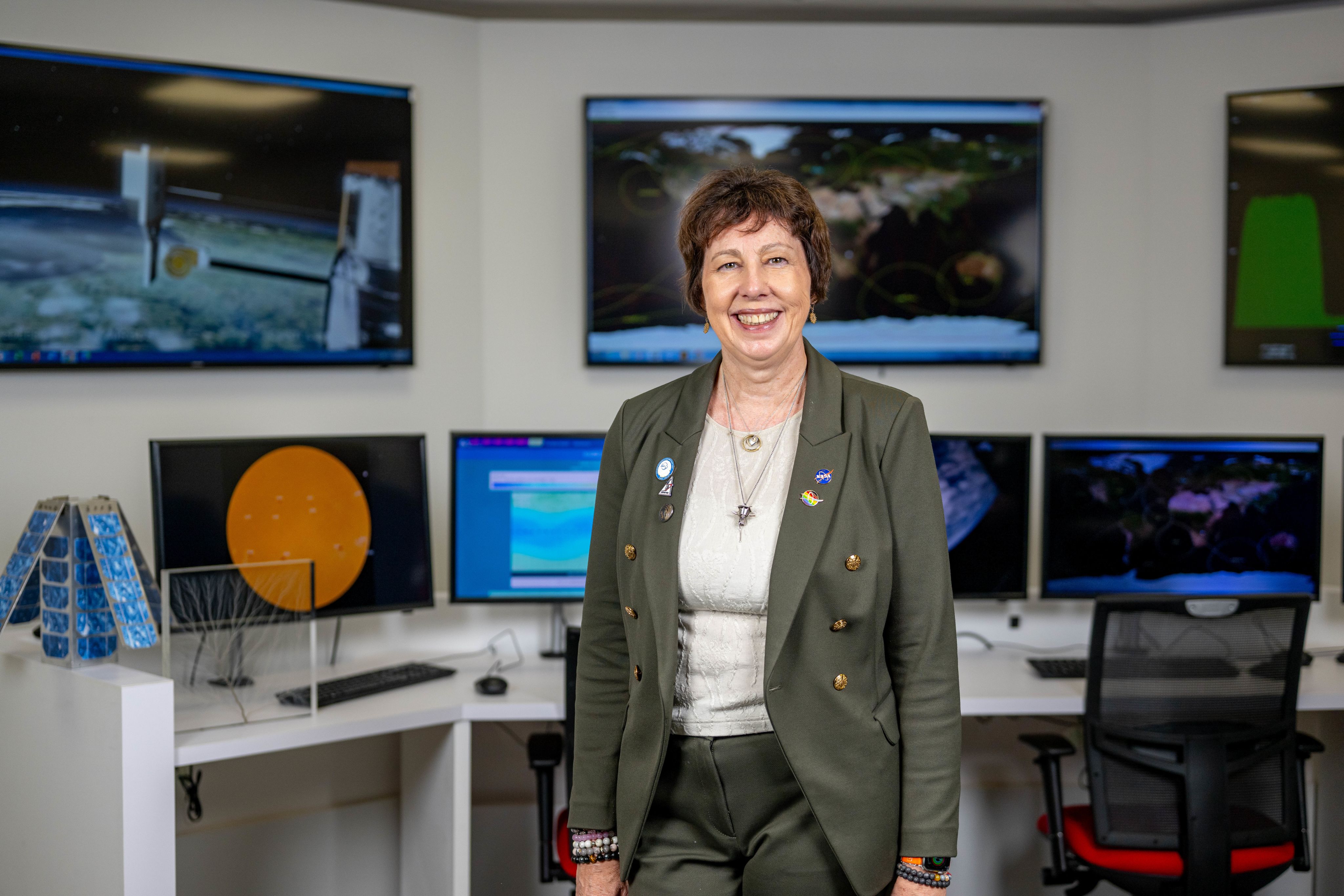
As Associate Administrator for NASA’s Science Mission Directorate, Dr Nicola Fox, who graduated from Surrey with an MSc in Telematics and Satellite Engineering in 1991, is responsible for more than 140 missions and a budget of $8 billion.
Nicky returned to Guildford in September and took part in a Q&A with students and staff from the Faculty of Engineering and Physical Sciences, following a campus tour.
She also collected her Outstanding Achievement Award from the Vice-Chancellor’s Alumni Awards 2022.
She recalls what attracted her to study at Surrey, explains how she secured the best job on – and off – the planet, and describes why she is proud to be part of a Surrey community of 142,000 alumni from 184 countries around the world.
“My dad inspired my interest in space,” explains Nicky. “He thought it was a fascinating subject. We’d often be outside at night and he’d look up at the Moon and say, ‘Imagine what it would be like to walk on there and look back at Earth…’ He’d also add, 'I can’t imagine anything better than working for NASA. It must be so exciting’.
“When I was a teenager, he went on a business trip to America. He went to the effort of visiting the Kennedy Space Centre, and he bought me a NASA hat and a bunch of postcards. I still have the hat - it’s a treasured possession.”
After completing her undergraduate degree in Physics at Imperial College London, Nicky joined Surrey, which at the time was the only UK university to have ever launched anything into space.
“Before I decided to come, I asked if I could see a CubeSat in the laboratory,” she recalls. “It was exciting to be that close to something that was going into space. I was also amazed at how small they were… There’s a huge amount of engineering fitted into this tiny spacecraft about the size of a football.
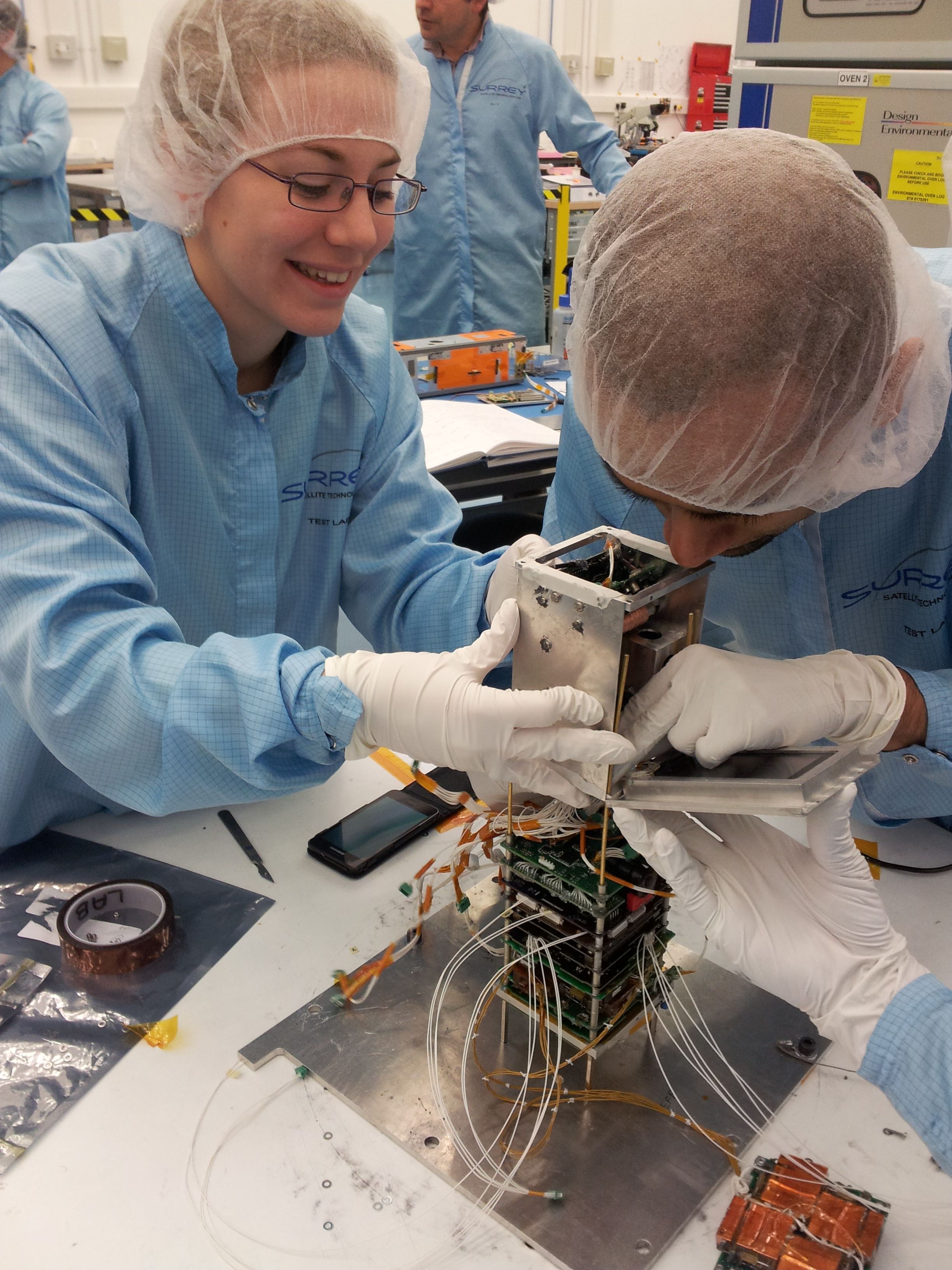
University of Surrey students work on a CubeSat
University of Surrey students work on a CubeSat
“[My Masters year] taught me a lot about how to study independently. That was valuable preparation for undertaking my PhD. At that level, you have to continually motivate yourself and do your own research because you’re studying something that nobody else knows.
“One of my key memories is forming friendships with the people that helped me get through my MSc by sharing their knowledge. Outside the course, I lived in student accommodation and I became friends with a Greek woman who was doing a Masters in Greek dance. There was a big Greek community on campus, so I went to a lot of Greek parties with her and I was welcomed into this whole new group.”
After returning to Imperial to complete her PhD, Nicky attended a research conference in Alaska, where she was approached by a scientist who encouraged her to apply for a postdoctoral position at NASA.
“I didn’t know English people could apply for such roles,” says Nicky. “NASA was this shiny institution in another country. I hadn’t even considered leaving the UK… I moved to America to work at the Goddard Space Flight Center in 1995. It remains one of the bravest decisions I’ve ever made. I moved away from my friends and from the safety net of my family.”
After three years at NASA, Nicky joined the Applied Physics Laboratory at John Hopkins University, where she worked on NASA missions such as the Van Allen probes and the Parker Solar Probe.
Three weeks after the Parker Solar Probe launched in 2018, Nicky rejoined NASA as the Head of its Heliophysics Division – exploring the behaviour of the Sun and how it influences the Earth and the other planets in the Solar System. Then, earlier in 2023, Nicky was appointed as the Associate Administrator for NASA’s Science Mission Directorate.
In every previous role, I always thought I had the best job on the planet. I now have the best job on – and off – the planet."
“There are six divisions in NASA’s Science Mission Directorate. Alongside Heliophysics, I now have overall responsibility for Planetary Science, Astrophysics, Biological and Physical Sciences, Earth Science, plus a joint agency that looks after the spacecraft for the National Oceanic and Atmospheric Administration.
“We have an annual budget of about $8 billion. To give you an idea of scope, we currently have more than 140 missions at various stages. That can mean in space, preparing to launch, still being built or being planned.”
Nicky arrived at Surrey fresh from NASA's successful mission to collect samples of the Bennu asteroid, which was collected by the OSIRIS-REx spacecraft, landing in the Utah desert two days earlier. The samples will offer insights into the formation of the Solar System 4.6 billion years ago.
“Interesting science always happens on boundaries,” says Nicky. “If you look at a planet and how it’s responding to solar wind, it’s the boundary where the two systems meet that it is always where the interesting physics takes place.
“Extending that idea of what happens on the boundaries where the different disciplines of NASA expertise meet is the exciting thing. What can studying the Sun tell us about stars in other stellar systems? And what can it tell us about the search for life on other planets?”
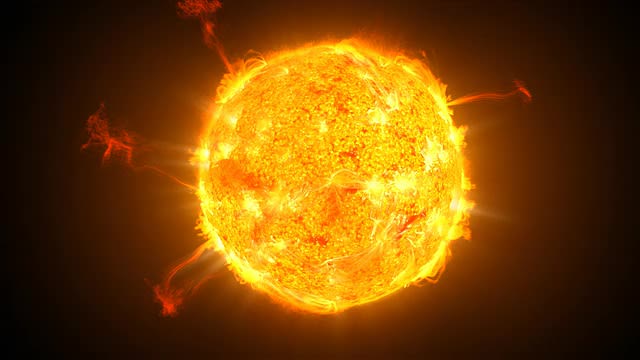
I genuinely love [my] role. Most days I still have those moments where I suddenly realise, this is amazing. I’m working at NASA – it’s so cool!”
And as Nicky reflects on a life in space exploration, she acknowledges the part that Surrey played in launching her career.
"The thing that is really great about Surrey is that students actually get to work on real hardware and it isn't just learning in a classroom.
"It's the fact that I could actually work on something that was going to launch into space; I could actually work on a satellite which would be launched and other students would learn how to track it... It's that end-to-end, really hands-on supportive environment that makes me 'proud to be Surrey'."
Find out more
Space at Surrey
Celebrating Surrey Space Centre's past, present and future with its rich legacy of pioneering research and skills development.
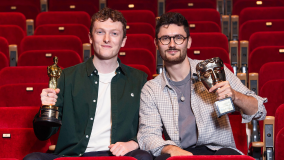
Proud to be Surrey
Our Proud to be Surrey campaign shines the spotlight on some of our brilliant staff, student and alumni community.
Research at Surrey
Find a collection of beautifully illustrated stories about Surrey research transforming lives and changing the world for the better.

